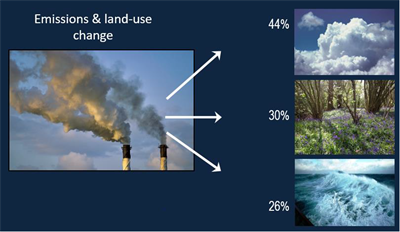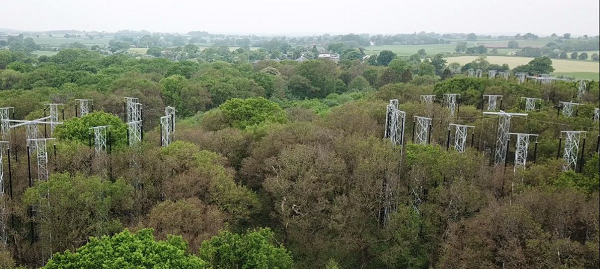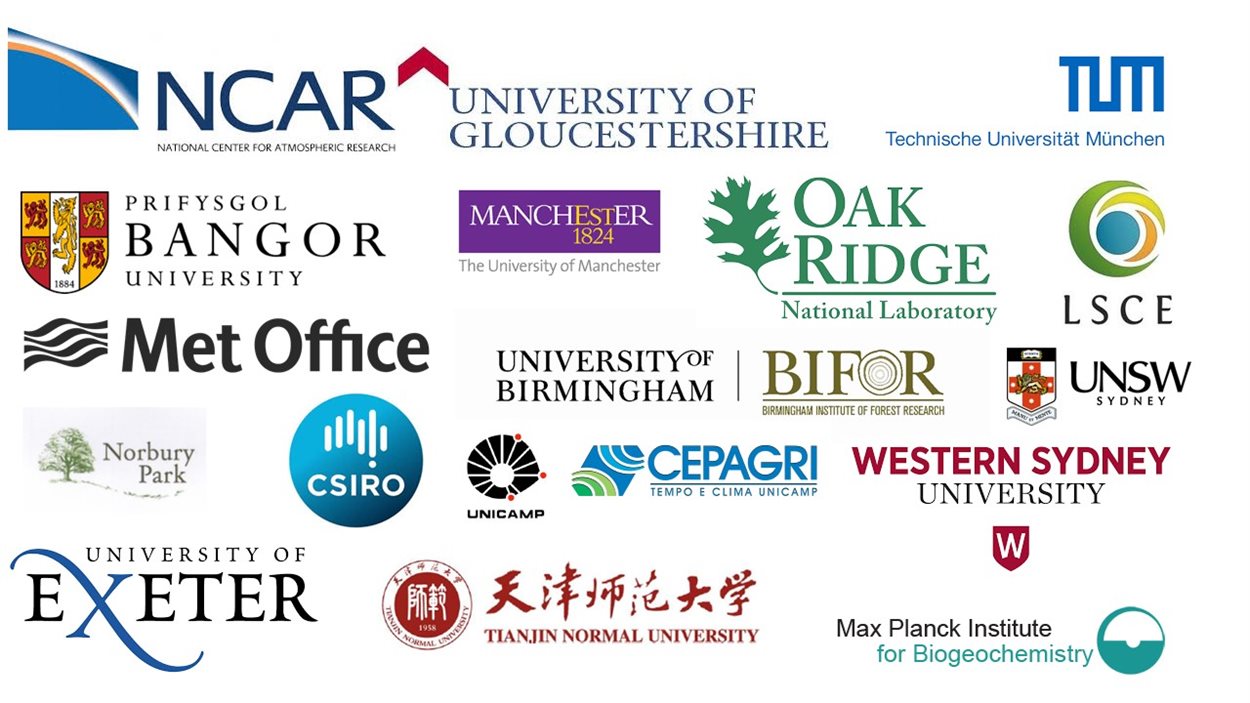Quinquennial (half-decadal) carbon and nutrient dynamics in temperateforests: Implications for carbon sequestration in a high carbon dioxide world
A £3.7m NERC funded research project, led by the University ofBirmingham’s Institute of Forest Research (BIFoR)
October 2019 – September 2024. The PI is
Prof Rob MacKenzie (University of Birmingham) the postdoctoral research fellow is Dr Carolina Mayoral (C.Mayoral@bham.ac.uk). Project partner information can be found further down this page.
Having more carbon dioxide (CO2) in the atmosphere has increased rates of photosynthesis, promoting greater tree growth and carbon storage in forests. This process is called 'CO2 fertilisation' and results in 2-3 billion tonnes of carbon being removed from the atmosphere each year, which is 25-30% of the carbon put into the atmosphere by human activity annually. CO2 fertilisation, thus, greatly reduces rates of global warming. The fight against climate change relies on CO2 fertilisation continuing into the future; the Paris climate agreement emphasises that global efforts are required to limit the amount of carbon we release to that which trees, soil, and oceans can absorb naturally. Increased carbon storage in mature forests, due to CO2 fertilisation, is considered to be the most important reason for the current carbon uptake. But, looking forward, it is highly uncertain whether such high rates of uptake will continue, because the production of plant biomass also requires the uptake of nutrients from soils. The availability of key nutrients (especially nitrogen and phosphorus) may severely limit the ability of trees in mature forests to continue to grow more rapidly. Studying mature forests is particularly important when determining whether nutrient availability may limit future carbon uptake by land ecosystems. Firstly, as discussed above, mature forests are likely the most important absorbers of carbon on land; secondly, nutrient availability is generally low in mature forests because the roots of mature trees may have already fully explored their soils in their search for key nutrients. If mature forests are unable to access more nutrients in the future and maintain their carbon uptake, then this would have major implications for our society. It would mean that we would have to reduce our carbon dioxide emissions by a greater extent, and more rapidly than currently expected, if we are to avoid the most serious consequences of climate change.

Temperate forests currently absorb almost as much carbon as the emissions from all EU nations. While tropical rainforests are, of course, important, mature temperate forests are calculated to be fourfold more efficient at absorbing carbon, and so merit special attention. To be able predict how mature temperate forests will respond in the future, it is critical that we determine whether greater carbon dioxide concentrations in the atmosphere will allow mature trees in temperate forest to: 1) take up more nutrients from soils, and/or,2) increase the efficiency with which they use available nutrients to produce new plant tissue.

Manipulating CO2 for whole stands of mature forest is challenging and expensive, and until now there has been no experiment that would have allowed us to address the uncertainties discussed above. All this has changed with the establishment of a new experimental facility in mature oak forest in central England. Leveraging a £15m philanthropic gift and an equivalent University of Birmingham investment, a whole-ecosystem free-air carbon dioxide enrichment (FACE) experiment has been set-up, which is successfully forest patches to CO2 concentrations more than one third higher than current levels. In the FACE ecosystem, the canopy trees are at least 160 years old and the site has been forested for the last 400 years.

QUINTUS aims to carry out the detailed measurements of nutrient cycling (more than 20,000 analyses) that are required to answer the two key processes outlined above and, thus, determine how a mature temperate forest responds to rising atmospheric CO2. This new experimental understanding will then be used to develop and test the next generation of the computer models which are used to predict future rates of climate change. QUINTUS will deliver a foundational change in our understanding of future C uptake in temperate forests, and in mature forests generally. Such an advance is urgently required and has major societal relevance.
